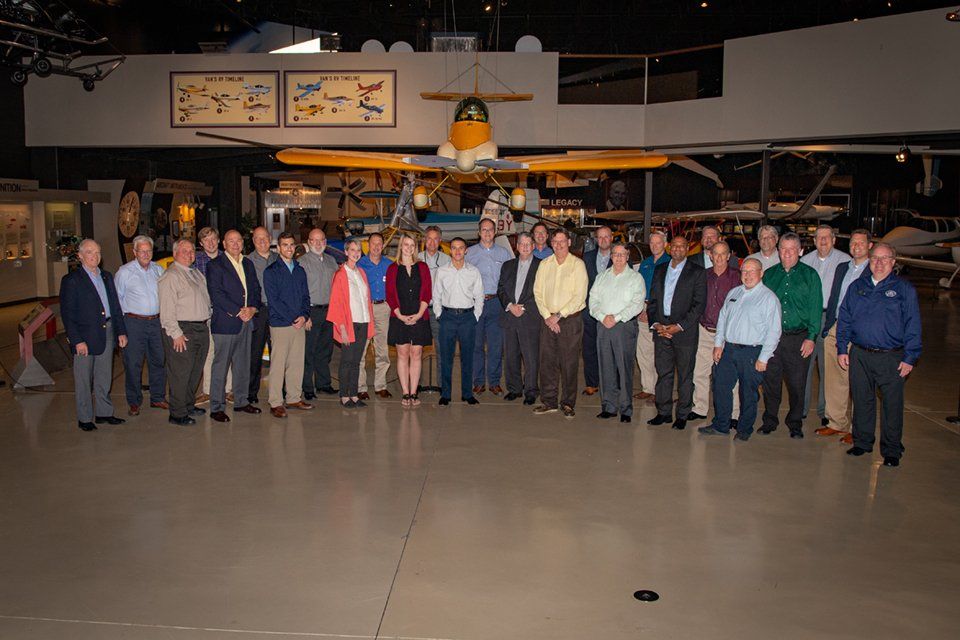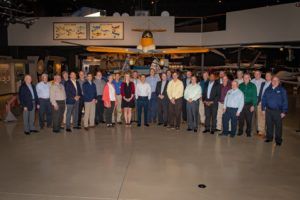The EAA and the FAA carried out a two-day Recreational Aviation Summit at the association’s Oshkosh, Wisconsin, headquarters last week focusing on legislative matters important to recreational pilots. No doubt the 20 FAA officials attending were happy not to be talking about Boeing 737s.
“This summit is a unique, fruitful way to engage FAA policymakers on a focused agenda of matters that directly affect EAA members,” said EAA CEO and Chairman of the Board Jack Pelton. “The willingness of FAA to include representation from many of its business units in the summit, even with the many current demands and challenges to the agency, is a continuing indication of its value and results.”
According to EAA, some of the topics covered included “living history flights, specialty aircraft examiners, and aerobatic flight issues including ADS-B support. There were also updates regarding the proposed MOSAIC (Modernization of Special Airworthiness Certificates) initiative.” Among other things, the MOSAIC initiative targets revisions to the operating limitations placed on experimental/amateur-built aircraft to bring them more into line with certified aircraft in terms of flight and maintenance limitations. It also seeks changes and clarity on the language surrounding experimental/exhibition licenses, under which many warbirds are flown.
While the association did not disclose specifics of the discussions, EAA’s vice president of advocacy and safety, Sean Elliott, said, “We took more than 20 action items from just these two days, and we’ll review progress in just two months when FAA representatives are at EAA AirVenture Oshkosh. One of the best things about the annual EAA/FAA summit is that it sets a course for continued progress on issues that directly matter to EAA members.”
The association also said that “The EAA Flight Test Manual, released fall 2018, also received kudos from FAA officials. More than 2,000 of the manuals have already been obtained by pilots, setting a standard for safe, complete flight testing that can be used as a foundation for future projects.”




































